However, the road ahead is posing a series of major challenges, especially in the context of implementing the Central Government's policy on merging administrative units from July 1, 2025.
The new administrative space is larger, meaning greater pressure, requiring Dak Lak to innovate its thinking, be flexible in its approach, and create a sustainable rural development ecosystem.
In the period of 2021 - 2025, Dak Lak has achieved remarkable results in building new rural areas.
As of June 2025, the whole province has 81/149 communes meeting the new rural standards (accounting for 54.3% of the total number of communes), 8 communes meeting the advanced new rural standards, 1 commune meeting the model new rural standards and Buon Ma Thuot City has completed the task of building new rural areas.
Notably, the province has 329 OCOP products with 3 stars or more, including two products with 5 stars at the national level. This shows a positive change in rural economic development and increasing the value of local agricultural products.
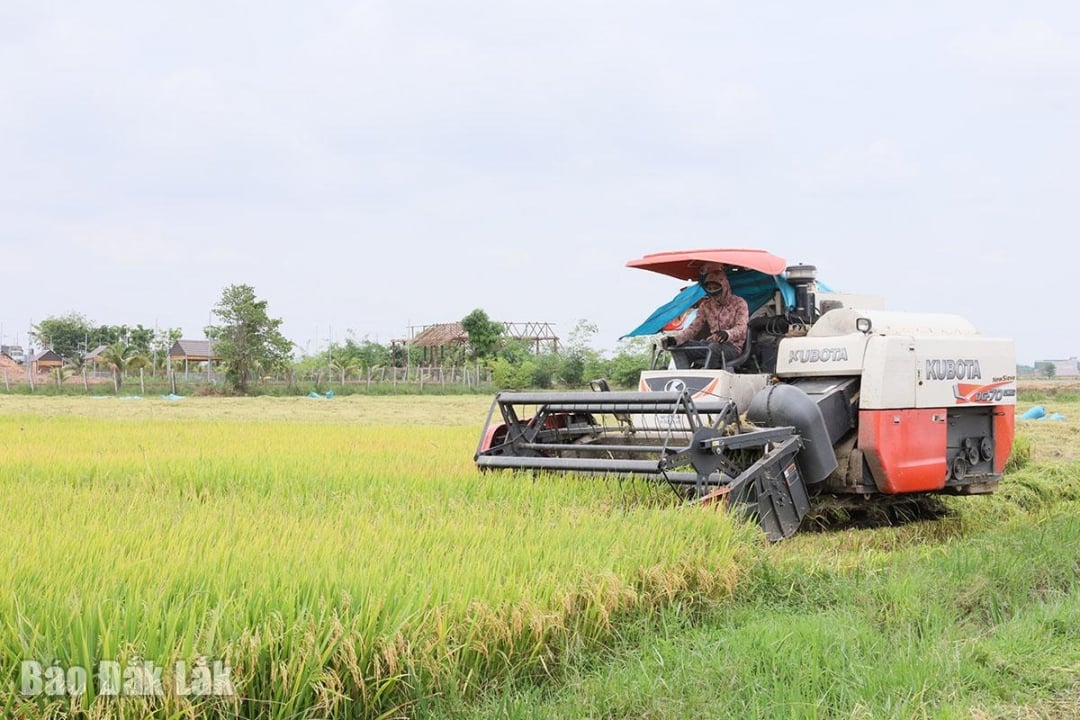 |
| Mechanization in production has helped agriculture in rural border communes of Dak Lak province become more modern. |
However, looking at the overall picture, the rate of communes meeting NTM standards in the province is still low compared to the average of the Central Highlands region and the whole country. One of the biggest difficulties is the mountainous terrain, large area, with 54 communes in region III, making it very difficult to meet the criteria for NTM infrastructure.
In addition, more than 50% of the province's total 16,000 km of rural roads have not been paved; 45.6% of communes that have not met NTM standards (i.e. 68 communes) are all localities with difficult and extremely difficult socio-economic conditions, requiring huge investment resources.
While the development investment capital from the central budget allocated to Dak Lak province in the 2021 - 2025 period is only 81.17% compared to the 2016 - 2020 period, the set of NTM criteria is increasingly expanding, requiring higher quality and quantity of indicators, so the capital source cannot meet actual needs.
When implementing the arrangement and merger of commune-level administrative units and the merger of provinces from July 1, 2025, the total number of communes in Dak Lak province (new) will be reduced to 88 communes (out of a total of 102 communes and wards). The goal set for the period 2026 - 2030 is that Dak Lak strives to have 68/88 communes meeting NTM standards after the arrangement and merger; 13 communes meeting advanced NTM standards and 7 communes meeting model NTM standards. This is a huge challenge that requires outstanding efforts from the political system and people in the current very difficult conditions.
Acting Chairman of the Provincial People's Committee Nguyen Thien Van suggested that when considering criteria for allocating capital to provinces, the Central Government should take into account specific factors such as: natural area of rural areas (including forest area), total kilometers of rural roads needing investment, poverty rate, ethnic minority households rate, average income per capita in rural areas...
This is to ensure fairness and avoid widening the gap in NTM between mountainous and delta areas. At the same time, it is proposed to design online reporting software from the commune level to improve management efficiency, monitoring and shorten administrative processes in the current context of digital transformation.
At the National Online Conference on summarizing two national target programs: New Rural Development and Sustainable Poverty Reduction for the 2021-2025 period (on June 22), Prime Minister Pham Minh Chinh emphasized that practice shows that the development and implementation of Resolution No. 26-NQ/TW on agriculture, farmers and rural areas is correct, appropriate, effective and brings about very positive results, especially contributing to restructuring agriculture and developing the country's economy in a fast and sustainable direction.
Along with that, the appearance of the countryside, the material and spiritual life of the rural people have been comprehensively improved. These achievements have made Vietnam a model for the world in implementing the millennium goals, including poverty reduction, rural development, and clean water supply.
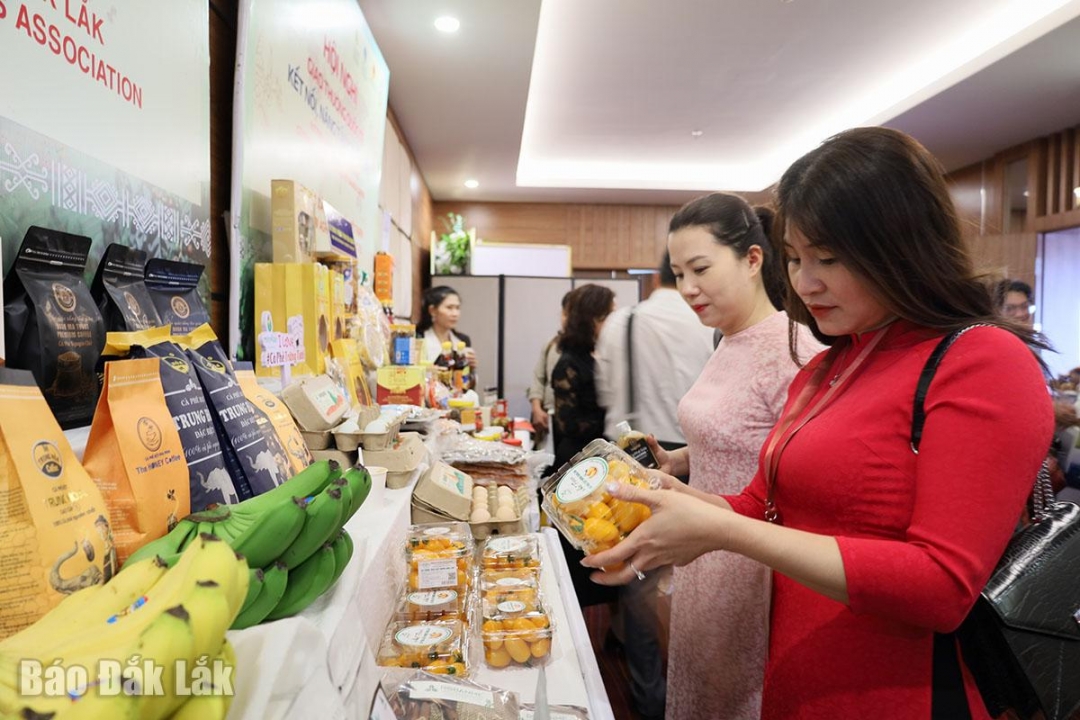 |
| Dak Lak's OCOP products were displayed at the International Trade Conference held in March 2025. |
At the conference, many delegates said that it is impossible to use old thinking to solve new problems in a completely changed context. The post-merger NTM period is not only a story of meeting standards but also creating harmonious, humane and livable rural areas.
The construction of new rural areas must be substantial, what is said must be done, what is committed must be implemented, bringing about measurable results. And farmers must truly feel the results, not empty words or empty promises. Prime Minister Pham Minh Chinh |
Vice Chairman of the National Assembly Le Minh Hoan affirmed: “Rural areas are a vital heritage. We are entering a completely different context. Building new rural areas with a larger provincial and communal space requires a different approach. Grassroots officials should not only rely on rigid criteria but also need to be creative based on the characteristics of each locality. The communal development space is not only a production space but also a space integrating culture, society and community, in which the capacity and knowledge of rural residents are decisive factors.”
In fact, in the period of 2026 - 2030, new communes will have a scale and area many times larger than before. Therefore, paying attention to investing in community capacity (from skills training, digital transformation, to linking production and product consumption) is very necessary and is a fundamental, long-term direction of the journey to build a new rural area. In particular, it is necessary to focus on developing the rural economy in the direction of ecological agriculture, the core of which is the One Commune One Product (OCOP) Program.
Currently, Dak Lak has hundreds of OCOP products that meet 3-star standards or higher, with characteristics from rural areas, contributing to changing the production mindset of local people (from self-sufficient products to commodity thinking, with packaging, brands, traceability...).
Therefore, in the new period, it is necessary to continue investing, supporting traceability, and promoting trade so that OCOP products become a "double lever", both raising income criteria and spreading the image of creative NTM.
According to Mr. Le Minh Hoan, the rural economy is not only agriculture, it is necessary to diversify livelihoods by developing services, tourism, craft villages, OCOP products, logistics. Turn farming households into producers, traders and promoters of their products. At the same time, connect the market, bring science and technology, knowledge to the village and implement circular agricultural solutions, green economy...
Source: https://baodaklak.vn/kinh-te/202506/chuyen-tu-xay-dung-sang-kien-tao-tu-duy-moi-cho-nong-thon-moi-cc714bd/





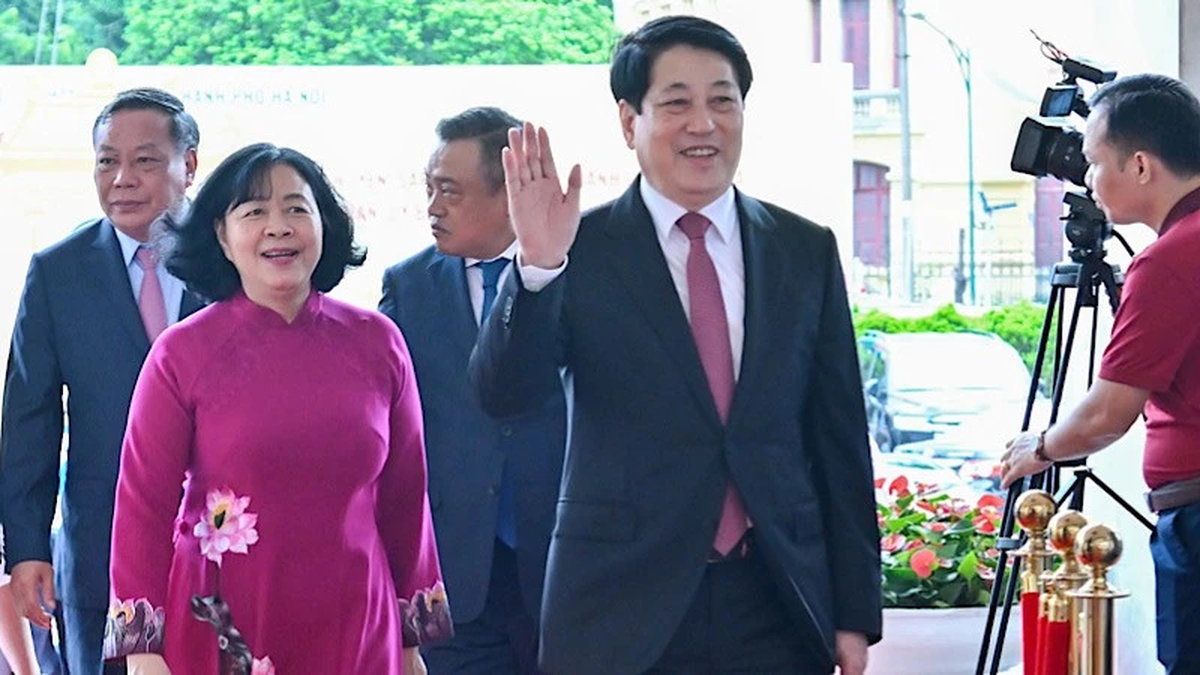
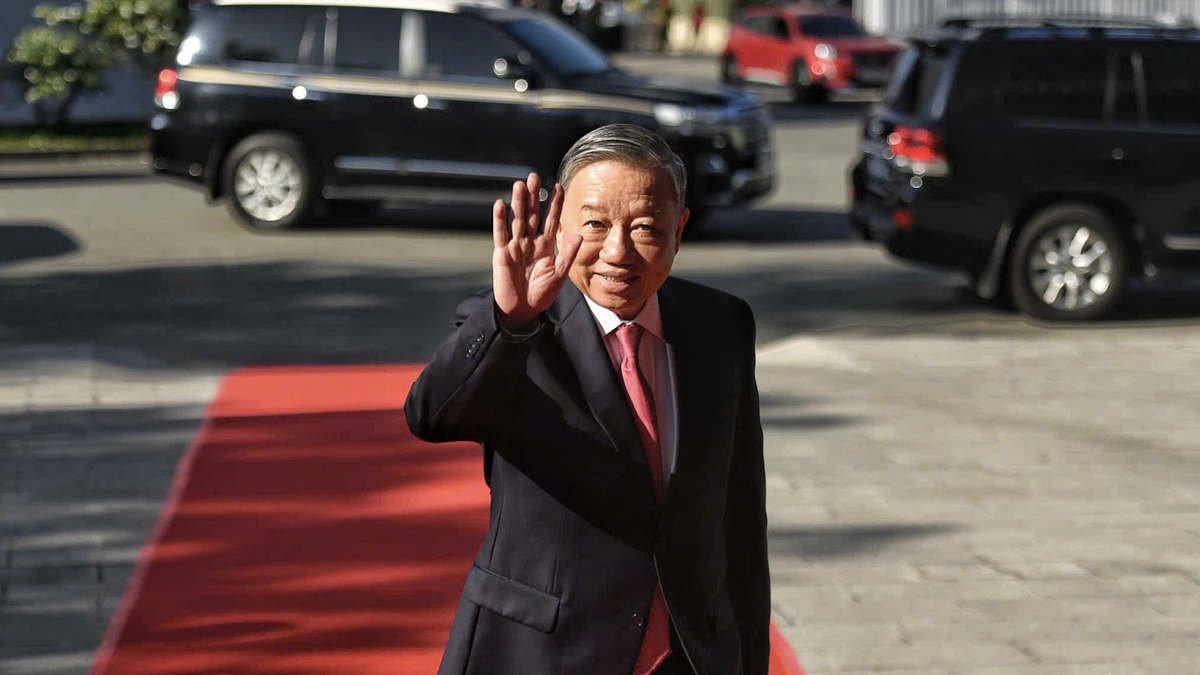

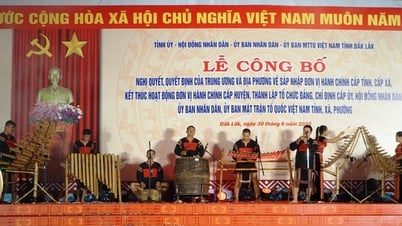


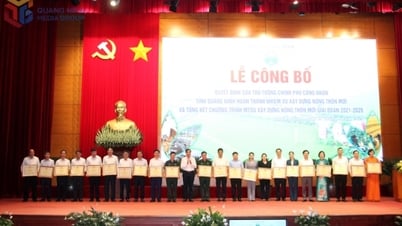

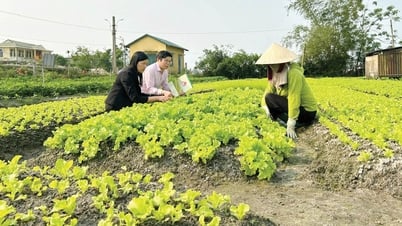

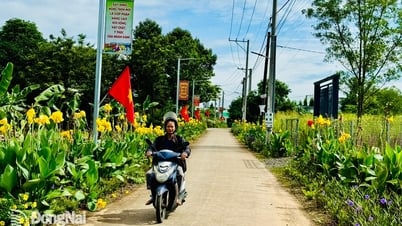

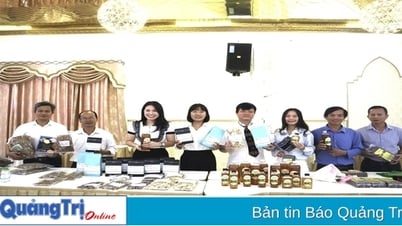



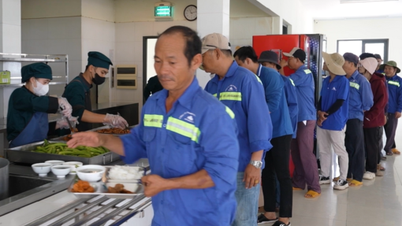

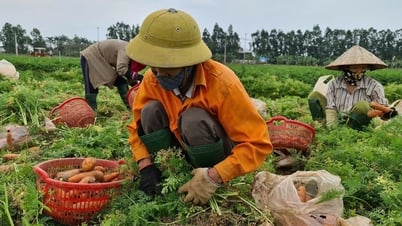



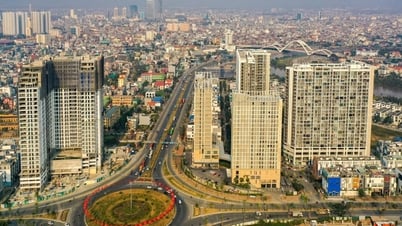




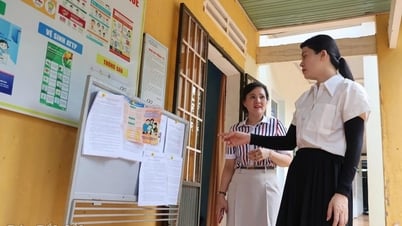
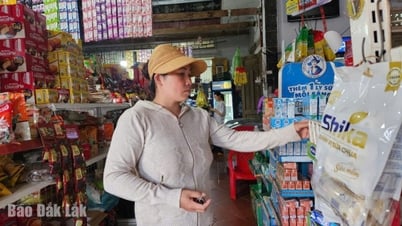
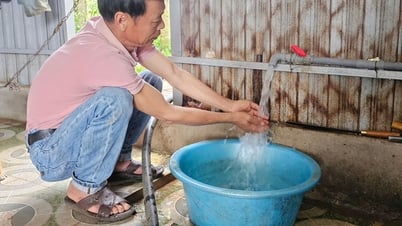

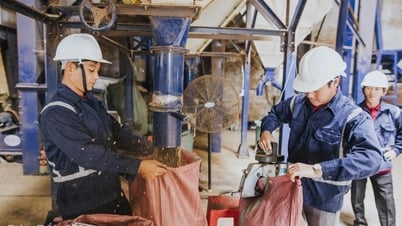
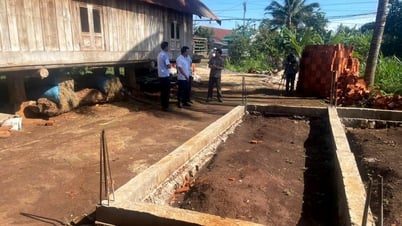






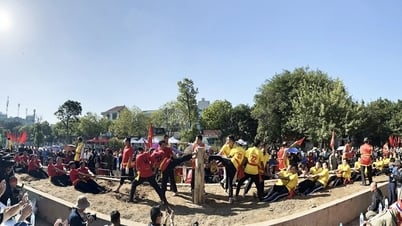

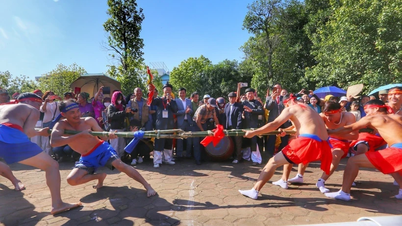

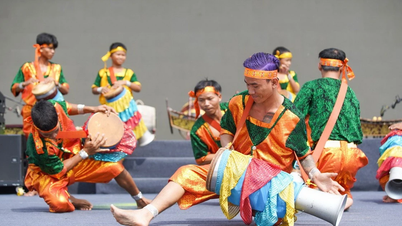
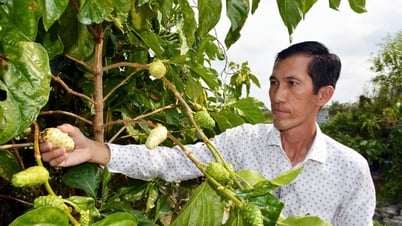

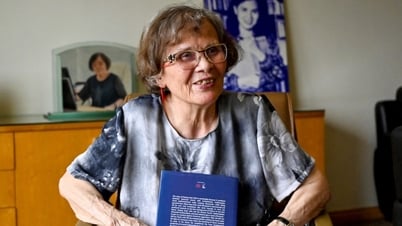



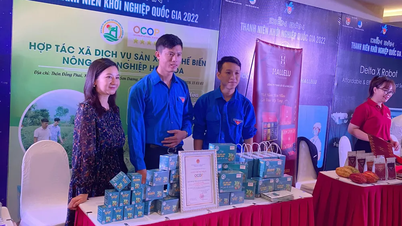


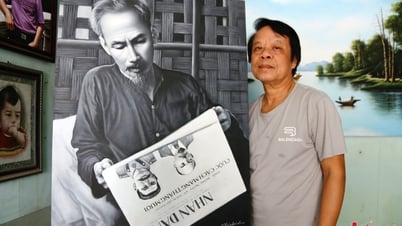

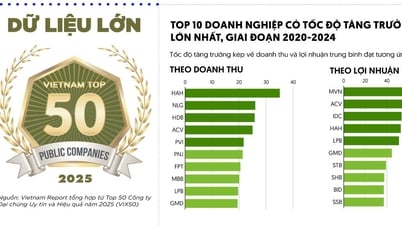

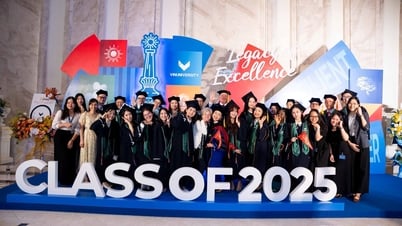



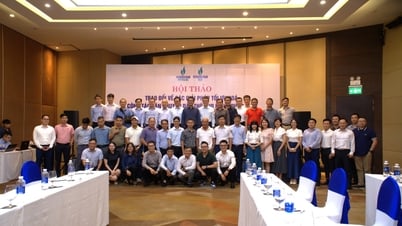
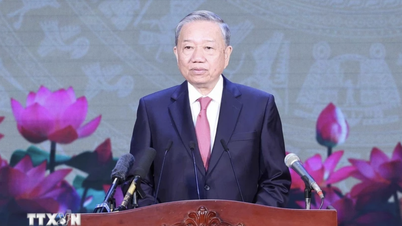
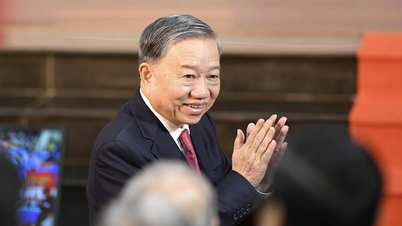

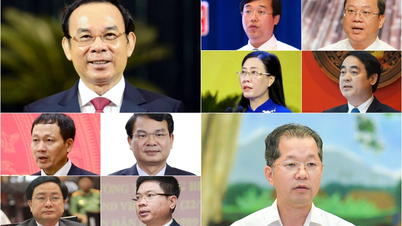
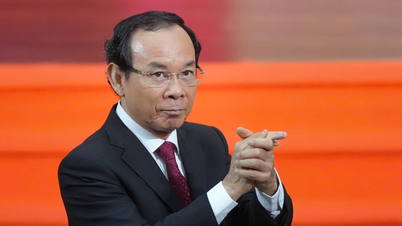

![[Photo] General Secretary attends the announcement ceremony of Resolutions on merging administrative units in Ho Chi Minh City](https://vphoto.vietnam.vn/thumb/402x226/vietnam/resource/IMAGE/2025/6/30/ab1bd03cc8bb4f60b2665f4915f258c5)
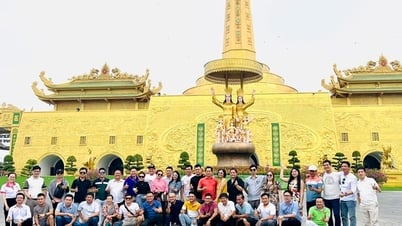

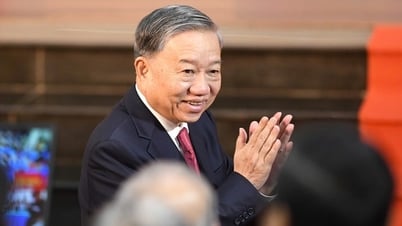


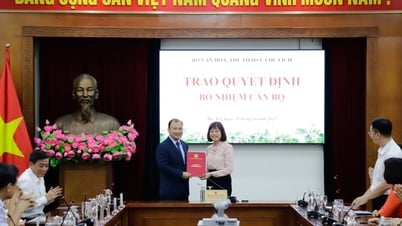
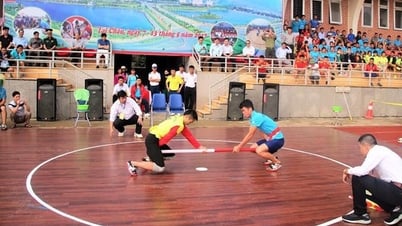




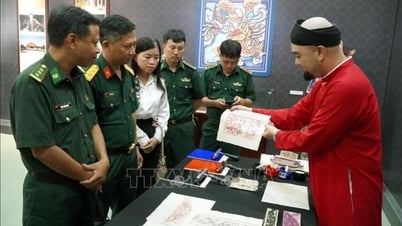








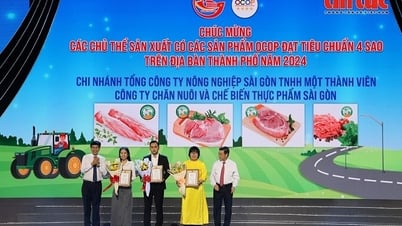

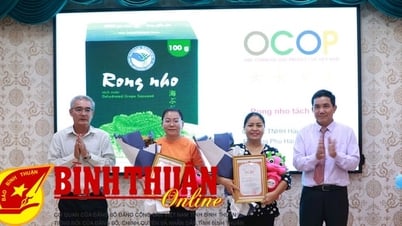




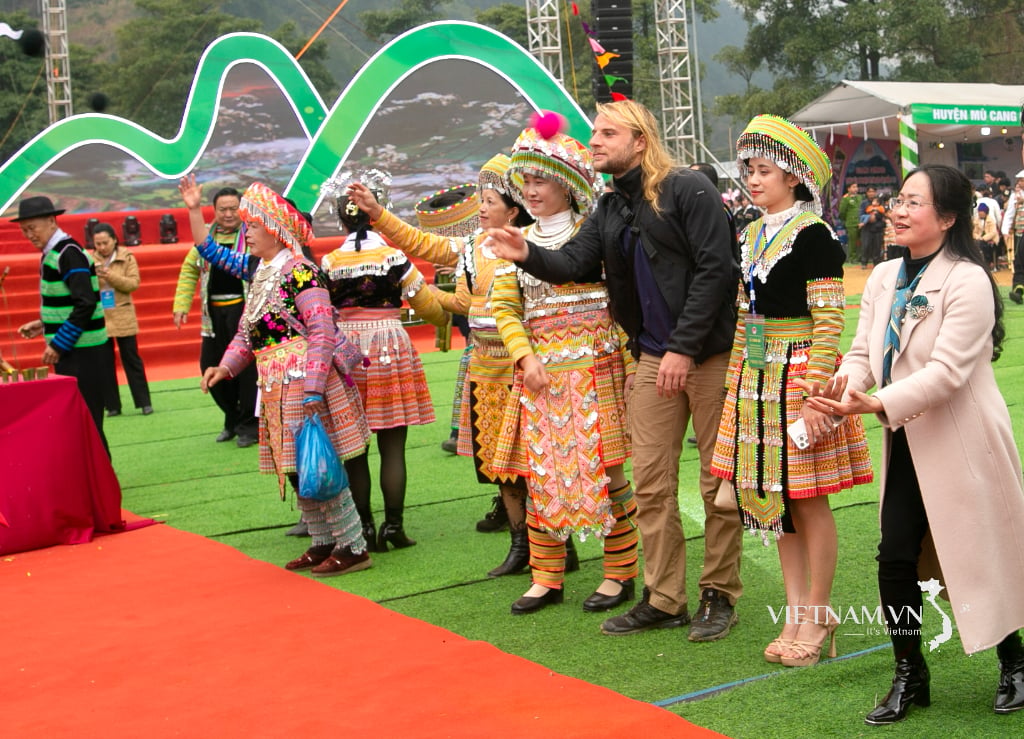
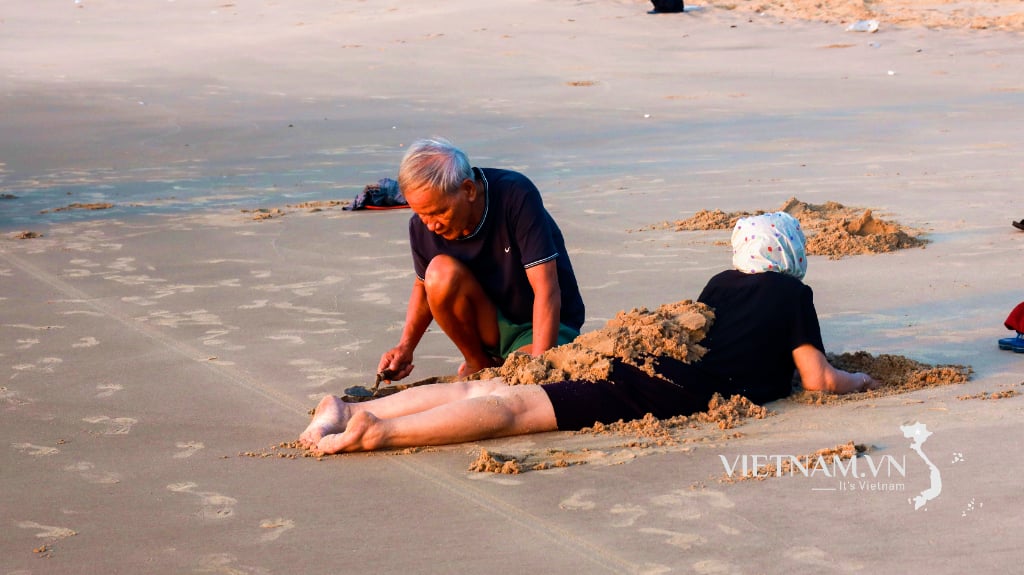
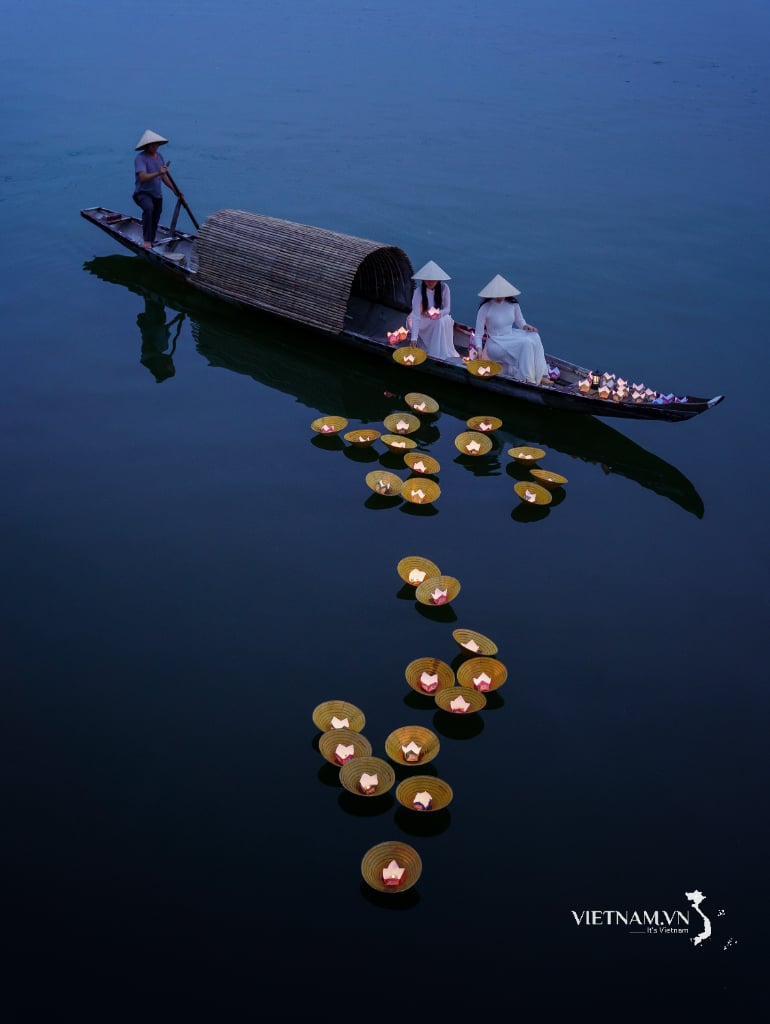
Comment (0)